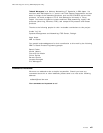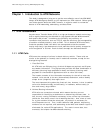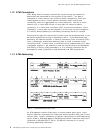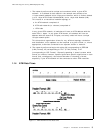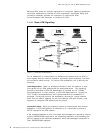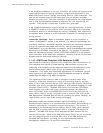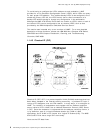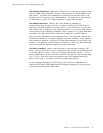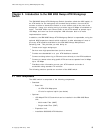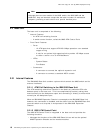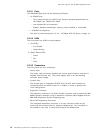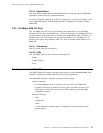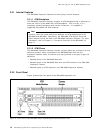This soft copy for use by IBM employees only.
CIP Address Registration:
Because in CIP there is no function analogous to the
LECS in LANE, each endstation must be configured with the ATM address of its
ARP server. The ARP client establishes a connection to the ARP server, and
notifies it of its IP address and its ATM address. The ARP server adds these to
its ARP table, so that it can respond properly to other ARP requests.
CIP Address Resolution:
When a CIP client wishes to establish IP
communication with another IP device, it issues an ARP to the ARP server to
determine the ATM address of the other device. If the ARP server has an entry
that matches the IP address of the requested device, it returns the ATM address
of that device to the requesting endstation, which caches it in its own ARP table.
If however, the ARP server doesn′t have the IP address in its ARP table, it
returns an ARP_FAILURE to the requesting client. The client now forwards the
unresolvable address to its default gateway for further handling. If the gateway
can resolve the address, it returns its IP and ATM addresses to the client to be
cached. If the gateway cannot resolve the address, it returns an ARP_FAILURE
to the client and the address resolution process terminates.
CIP Data Forwarding:
When a device wishes to forward data to another CIP
device, it must first check to see if it knows the other device′s ATM address (that
is, its ARP table contains an entry for the desired destination device). If so, it
merely establishes a direct connection with the other device, and forwards data
to it. If not, it must first resolve the address (see “CIP Address Resolution”
above), then setup a connection, and then forward data directly.
A more complete discussion of Classical IP can be found in
IBM 8260 As a
Campus ATM Switch
, SG24-5003 and
ATM Campus Introduction, Planning, and
Troubleshooting Overview
, GA27-4089.
Chapter 1. Introduction to ATM Networks 7



